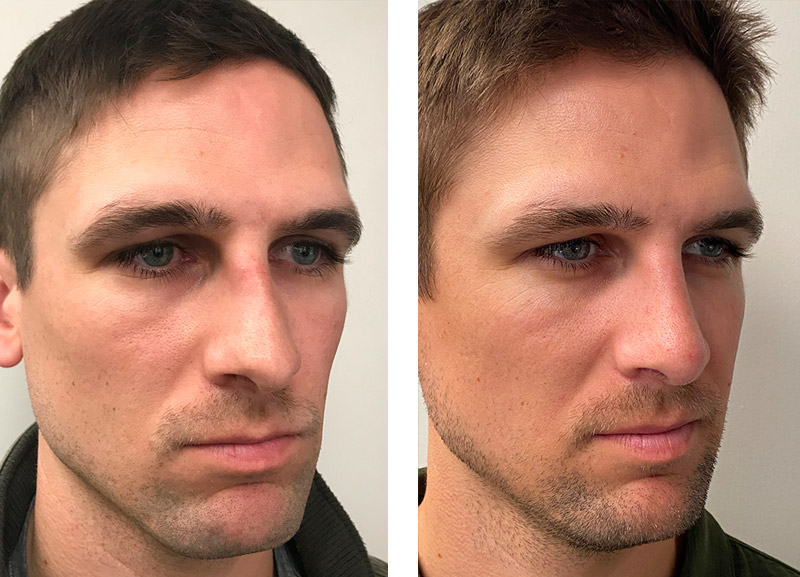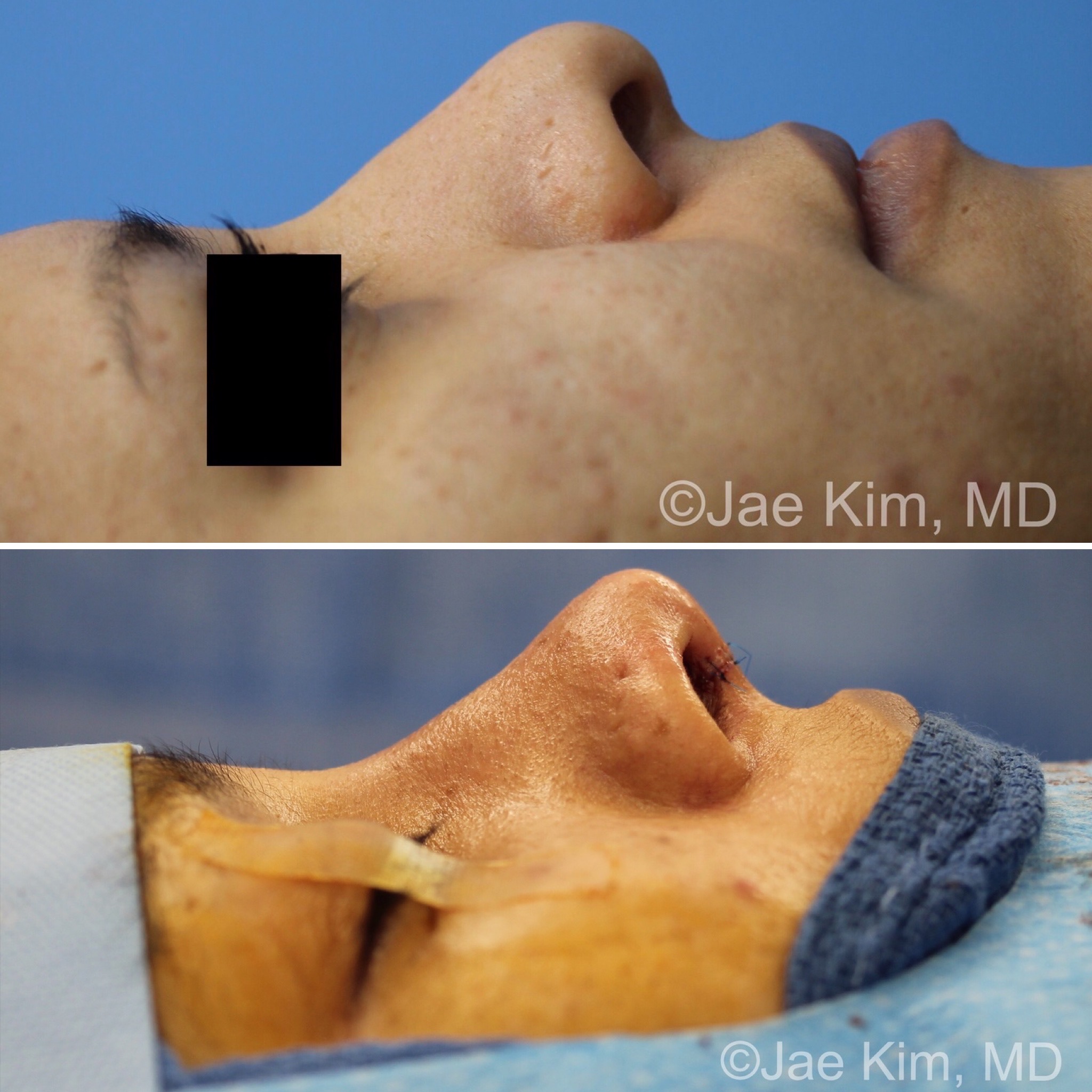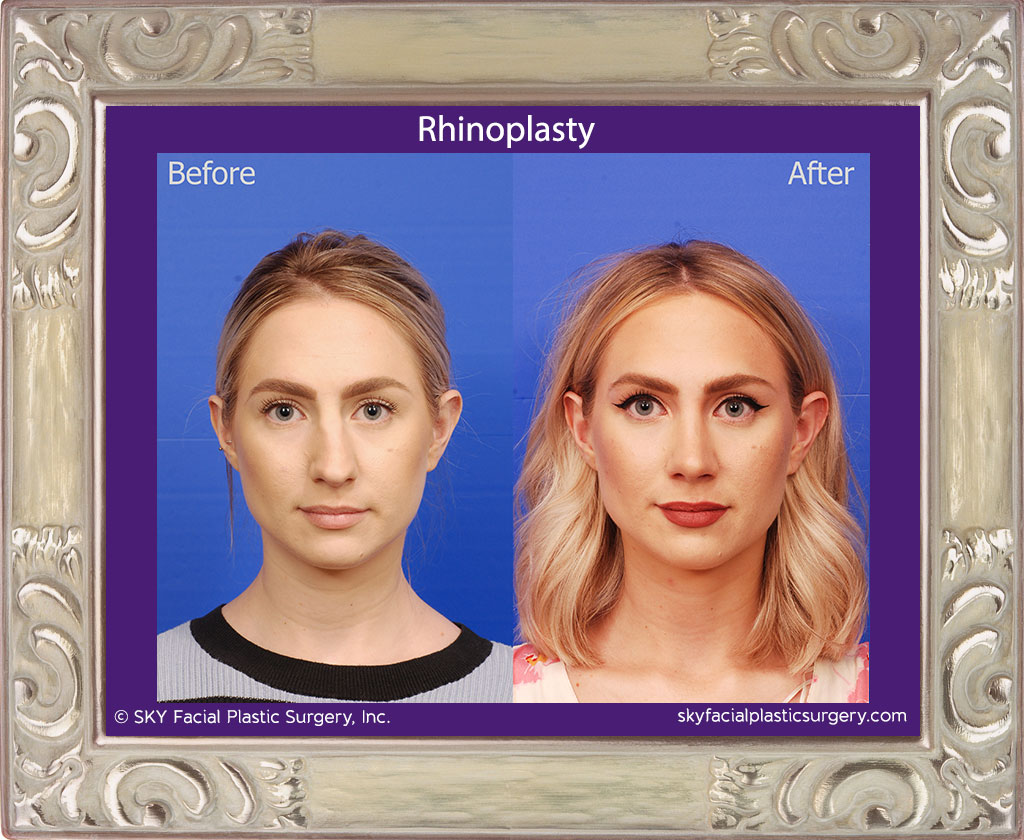Unknown Facts About Rhinoplasty
Table of ContentsAustin Rhinoplasty Surgery Fundamentals ExplainedSee This Report on Rhinoplasty AustinFascination About Austin Rhinoplasty Surgery
Technically, the cosmetic surgeon's incisional technique categorizes the nasal surgery either as an open rhinoplasty or as a closed nose surgery treatment. In open rhinoplasty, the cosmetic surgeon makes a little, irregular incision to the columella, the fleshy, exterior-end of the nasal septum; this columellar cut is additional to the typical set of incisions for a nasal correction.Rhinoplastic correction: A kid affected with a cleft lip and a cleft palate. rhinoplasty austin. Except for the columellar incision, the technical and procedural methods of open rhinoplasty and of closed nose job are similar; yet closed nose job procedure functions: Decreased dissection (cutting) of the nasal tissuesno columellar cut Reduced possible for the extreme reduction (cutting) of the nasal-tip support Lowered post-operative edema Decreased visible scarring Reduced iatrogenic (unintentional) damage to the nose, by the surgeon Increased accessibility for effecting in situ procedural and technical modifications Palpation that allows the surgeon to feel the interior modifications effected to the nose Much shorter operating room time Quicker post-surgical healing and convalescence for the client The open nose job method pays for the cosmetic surgeon advantages of ease in securing grafts (skin, cartilage, bone) and, most significantly, in securing the nasal cartilage correctly, therefore much better to make the appropriate assessment and solution.

Cleft lip and taste buds in mix; cleft lip (cheiloschisis) and cleft palate (palatoschisis), separately. Hereditary nasal problems Genetically obtained ethnic-nose problems Allergic and vasomotor rhinitis swellings of the mucous membrane of the nose triggered by an irritant, and caused by circulatory and nerve system disorders. Bites animal and human Burns brought on by chemicals, electricity, friction, heat, light, and radiation.
Neoplasms malignant and benign growths Septal hematoma a mass of (generally) clotted blood in the septum Toxic substances chemical damages brought on by inspired compounds e. g. rhinoplasty surgery austin. powdered drug, aerosol antihistamine medications, et cetera. Traumatic deformities caused by blunt injury, penetrating injury, and blast injury. Venereal infection e. g., syphilis Just recently, ultrasonic nose job which was presented by Massimo Robiony in 2004 has actually ended up being an option to standard nose surgery.

Not known Details About Rhinoplasty Surgery Austin
Generally, the cosmetic surgeon first separates the nasal skin and the soft tissues from the osseo-cartilagenous nasal structure, and then improves them, sutures the cuts, and applies either an external or an internal stent, and tape, to paralyze the freshly reconstructed nose, and so facilitate the healing of the surgical cuts.

The autologous grafts generally are gathered from the nasal septum, but, if it has insufficient cartilage (as can occur in a revision nose surgery), then either a costal cartilage graft (from the chest) or an auricular cartilage graft (concha from the ear) is harvested from the patient's body. When the nose job needs a bone graft, it is gathered from either the cranium, the hips, or the rib cage; additionally, when neither kind of autologous graft is offered, an artificial graft (nasal implant) is utilized to enhance the nasal Discover More Here bridge.
To tape the "before-and-after" physiognomies of the nose and the face of the patient, the particular visual point of views needed are photographs of the nose viewed from the anteroposterior (front-to-back) viewpoint; the lateral view (profiles), the worm's-eye view (from below), see this website the bird's-eye view (overhead), and three-quarter-profile views. Photo A. Open nose surgery: At nose job's end, after the plastic cosmetic surgeon has actually sutured (closed) the cuts, the corrected (brand-new) nose will be dressed, taped, and splinted stable to allow the undisturbed healing of the surgical incisions. Open rhinoplasty: Post-operative, the taped nose, prepared to receive the metal nasal splint that paralyzes and secures the newly remedied nose. Photograph C. Open rhinoplasty: The metal nasal splint aids wound recovery by securing the tender tissues of you can try these out the brand-new nose. Photograph D. Open nose job: The taped, splinted, and dressed nose completes the nose surgery.
Open nose surgery: After the preliminary taping of the nose, a custom-made, metal nasal-splint, designed, cut, and formed by the cosmetic surgeon, is emplaced to debilitate and secure the tender tissues of the brand-new nose throughout convalescence. Photograph D. Open rhinoplasty: The taping, emplacement of the metal splint, and dressing of the new nose complete the nose job procedure.
Photograph 2. Open rhinoplasty: The ideal lower lateral cartilage (blue) is exposed for correction. Photograph 1. Open rhinoplasty: The columellar cut delineated as a red-dot guideline, will assist the surgeon in the accurate suturing of the nose. Picture 4. Rhinoplastic correction: A nasal-hump excision strategy; the black line delineates the dorsal airplane of the brand-new nose.
Open nose job: the nasal tip is sutured to narrow the nose. Photograph 1. Open rhinoplasty: The incisions are endonasal (in the nose), and hence are concealed. The skin-incision to the columella aids the cosmetic surgeon in specifically suturing to conceal the scarother than for the columellar incision (red-dot standard) across the nasal base.
The Ultimate Guide To Rhinoplasty Surgery Austin

Picture 2. Open nose job: The nasal interior. The scissors show the lower lateral cartilage (blue), which is one of the wing-shaped cartilages that conform the suggestion of the nose (austin rhinoplasty). The jagged red delineation shows the locale of the columellar cut. Once the skin has actually been raised from the bone-and-cartilage structure, the surgeon carries out the nasal correction jobs.